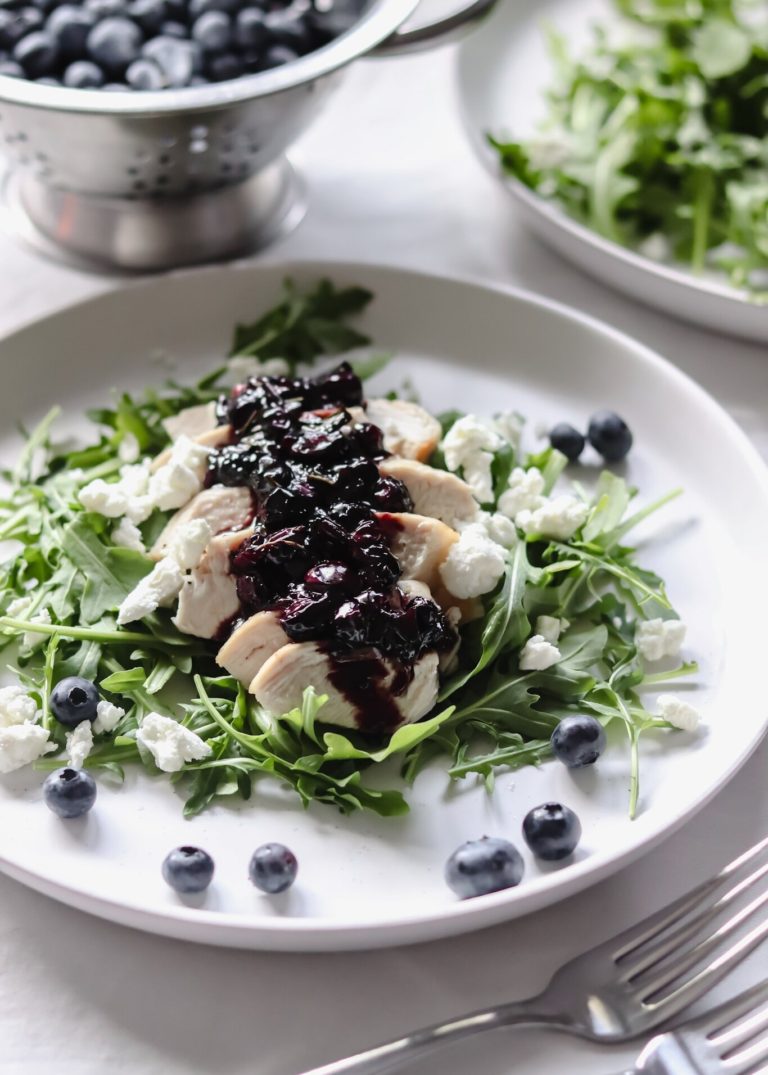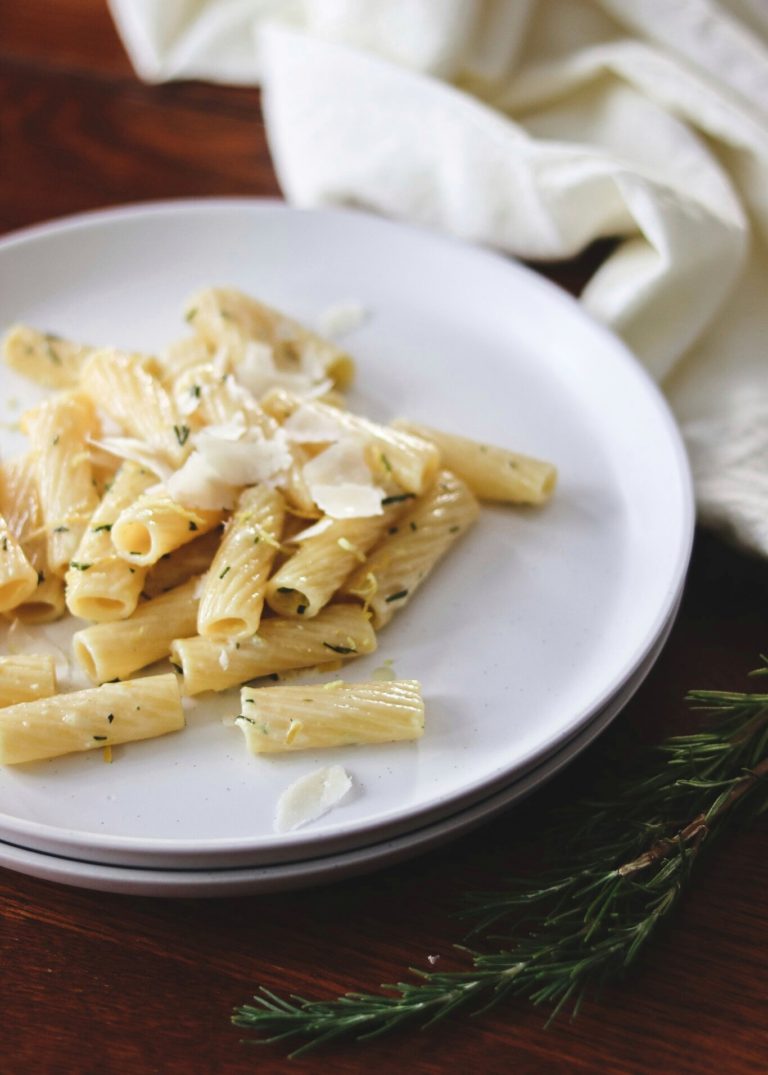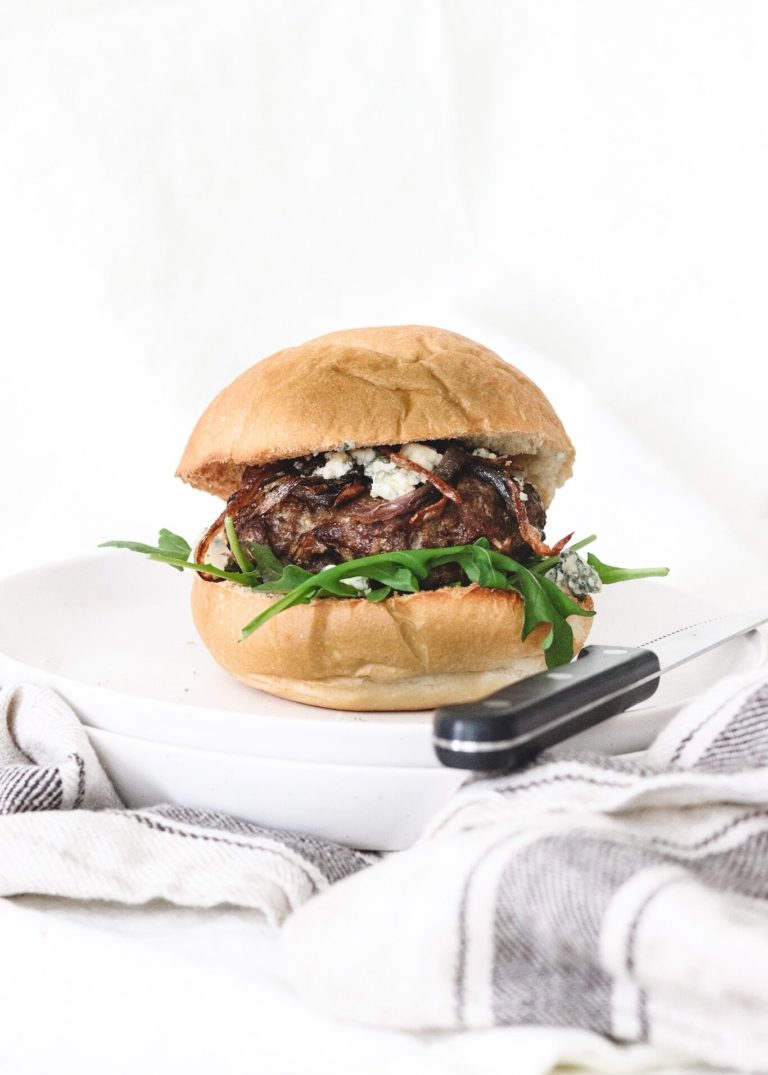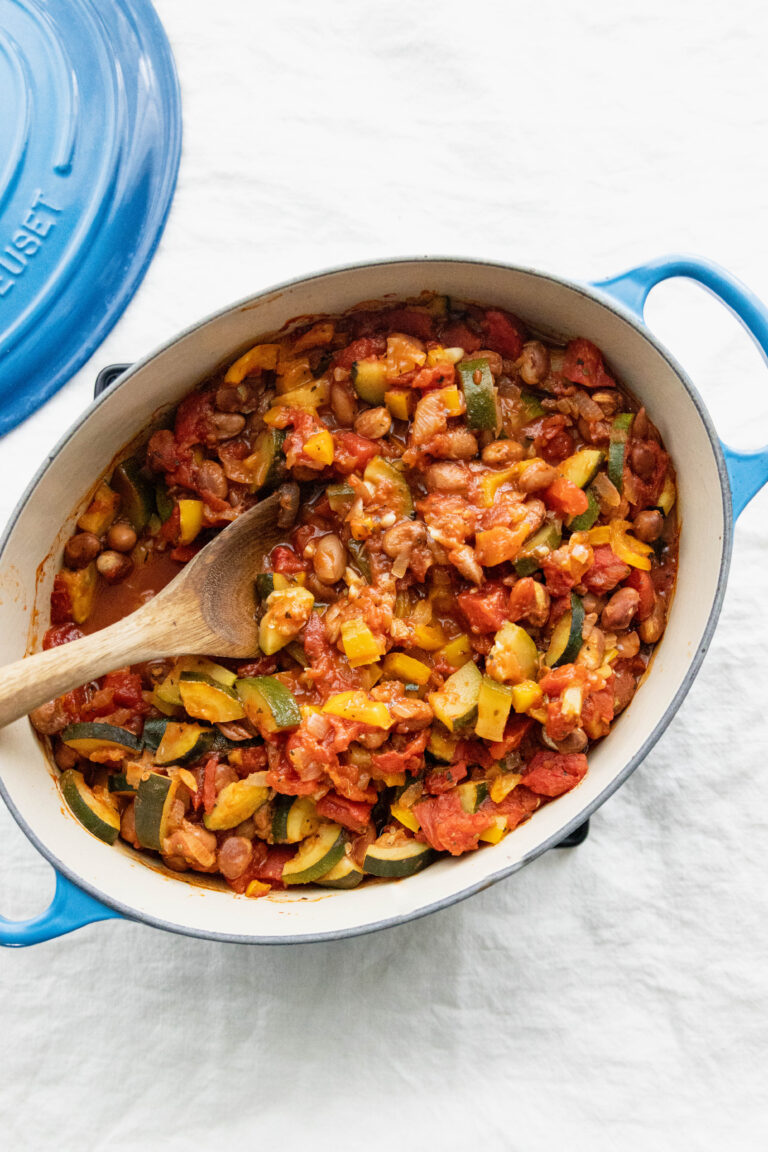
Estimated reading time: 9 minutes
These Easy Mozzarella Cheese Stuffed Meatballs are the perfect way to step up your meatball game and I’m so excited to share another recipe in collaboration with Alberta Turkey. The cheesy center in these tender meatballs is a total game-changer and it’s my favourite way to switch up meatball night. Pair with your favourite homemade tomato sauce or spaghetti sauce and serve with spaghetti noodles for a quick weeknight meal the whole family will enjoy.
The best part about these flavorful meatballs is that they can be prepared in advance and frozen, baked or unbaked! Roll your mozzarella stuffed meatballs and place them in a freezer bag or airtight sealed container.
Making homemade meatballs is so simple and is the perfect addition to your weekly meal plans since they are quite versatile. They are also a healthier choice since you know exactly what goes into them as opposed to frozen store-bought ones.
What Kind of Mozzarella Should I Use
When it comes to choosing mozzarella for stuffed meatballs, it’s best to use a variety that melts well and has a creamy texture. Here are a few options to consider:
-
Fresh Mozzarella: Fresh mozzarella is a popular choice for stuffed meatballs. It has a soft, creamy texture and melts beautifully when heated. You can use small pieces of fresh mozzarella or even a small bocconcini ball to stuff the meatballs.
-
Low-Moisture Mozzarella: Low-moisture mozzarella is a firmer and drier variety that is commonly used for melting and cooking. It has a milder flavor compared to fresh mozzarella. You can cut it into small cubes or shred it to stuff the meatballs.
-
Mozzarella String Cheese: Mozzarella string cheese is a convenient option for stuffing meatballs. Simply cut the string cheese into small lengths and use them to stuff the meatballs. This type of mozzarella melts well and adds a fun, stringy texture to the meatballs when they are heated.
Ultimately, the choice of mozzarella depends on your personal preference and the desired texture you want for your stuffed meatballs. Experiment with different types of mozzarella to find the one that suits your taste best.
Mozzarella Meatballs Ingredients
Here is your easy grocery list for what you’ll need to make these turkey meatballs. You can find the full measurements on the recipe card further down.
-
Mozzarella Cheese: This is my favourite cheese to use since it melts perfectly. You can use pizza mozzarella or fresh mozzarella balls. The gooey mozzarella cheese just melts perfectly every single time. Simply cut up into small pieces, about 1-inch cubes.
-
Bread Crumbs: when selecting bread crumbs (especially for meatballs) choose breadcrumbs with a more coarse consistency. I find it adds more crunch and substance as opposed to a finer consistency in these kinds of recipes.
-
Ground Turkey: Turkey is so delicious and tastes great in so many recipes, but also has tons of health benefits. Including higher amounts of iron, zinc, low in sodium, contains selenium for healthy skin and as well as important vitamins like B12 and Vitamin D. It’s a delicious lean option that is perfect for meal planning and healthy eating.
-
Fresh Garlic: you can either mince or roughly chop your garlic. I like my meatballs a little more rustic to I tend to just roughly chop my garlic.
-
Eggs: you’ll need two eggs for this recipe to bind the meatballs together. If you prefer eggless due to dietary restrictions, follow this recipe for eggless Baked Italian Meatballs.
-
Parmesan: I strongly recommend using freshly grated parmesan cheese for all dishes as opposed to the powder variety. Trust me on this.
-
White Onion: you can use red onion or yellow onions for this recipe too. I am a big fan of white onions since I find they tend to crisp up perfectly in meatballs.
-
Worcestershire sauce: add a dash of this just to kick the flavours up a little!
-
Seasonings: I added some dried basil and dried oregano. For extra flavour, feel free to add half a teaspoon of garlic powder, fresh parsley or even Italian seasoning. You’ll also need 1/2 tsp salt and 1/8 tsp of ground black pepper.
How to make mozzarella stuffed meatballs
Making these cheesy meatballs is quite simple…
-
Place your ground turkey into a large mixing bowl and break it up into small pieces or chunks using a wooden spoon.
-
Add in your diced onion, minced garlic, bread crumbs, grated parmesan and two eggs to the large bowl. Mix with your wooden spoon to get everything combined.
-
Then, add in the dried basil, dried oregano, and 2 tablespoons of chopped fresh parsley (if you wish), Worcestershire sauce, salt & pepper. Mix again.
-
To form the meatball mixture; use a spoon, ice cream scoop or your hands. Shape the mixture into balls by rolling them in your hand (a little bigger than a golf ball).
-
Using your thumb, press down in the center of the meat mixture to make a hole to place cheese cubes. Add a piece of mozzarella cheese inside. Close up by rolling the meatball or add more meat to seal the gap if needed. Repeat for the remainder of the turkey meatballs.
-
Place meatballs on a cookie sheet lined with parchment paper or aluminum foil. Bake at 375F for 20-25 minutes or until an internal temperature of 165F (74C) is reached using a meat thermometer.
-
Remove the baking sheet from the oven, serve and enjoy!
Meat variations for these mozzarella meatballs
What is great with this easy recipe is that you can easily substitute turkey for Italian sausage, ground pork or lean ground beef. You can even used minced chicken for some chicken meatballs.
How to store leftover stuffed meatballs
To store leftover cheese stuffed meatballs, follow these steps:
-
Allow the meatballs to cool down: Before storing them, let the meatballs cool to room temperature. This helps prevent condensation and keeps them from becoming soggy.
-
Choose an airtight container: Select a container that is suitable for storing food and has an airtight seal. This could be a plastic container with a tight-fitting lid or a glass container with a locking mechanism.
-
Layer the meatballs: Place a layer of meatballs in the container, making sure they are not stacked on top of each other. If you have a large number of meatballs, consider using multiple containers or separating them with parchment paper to prevent sticking.
-
Add a moisture barrier (optional): If you’re concerned about moisture affecting the meatballs, you can add a layer of parchment paper or plastic wrap between the layers to act as a moisture barrier.
-
Seal the container tightly: Ensure that the lid is tightly sealed to prevent air from entering and moisture from escaping. This helps maintain the freshness of the meatballs and prevents them from drying out.
-
Refrigerate promptly: Place the container in the refrigerator as soon as possible. Proper refrigeration helps inhibit the growth of bacteria and keeps the meatballs safe to eat.
Use within a few days: Leftover cheese stuffed meatballs can typically be stored in the refrigerator for up to 3-4 days. If you don’t plan to consume them within that time frame, you can also freeze them for longer-term storage.
Can you Freeze Cheese Stuffed Meatballs?
Yes, you can freeze cheese stuffed meatballs for longer-term storage. Here’s how to freeze them:
-
Allow the meatballs to cool: Let the meatballs cool to room temperature before freezing. This step helps prevent condensation and freezer burn.
-
Prepare for freezing: If the meatballs are not already individually wrapped, you can place them on a baking sheet lined with parchment paper, making sure they are not touching each other. This prevents them from sticking together during freezing.
-
Flash-freeze (optional): For an extra layer of protection against sticking, you can flash-freeze the meatballs before packaging them. Place the baking sheet with the meatballs in the freezer for about 1-2 hours or until they are partially frozen. This ensures that they hold their shape and won’t clump together when stored in a container or bag.
-
Package for freezing: Once partially frozen, transfer the meatballs into airtight freezer bags or containers. Alternatively, you can wrap each meatball individually in plastic wrap and then place them in a freezer bag. Make sure to remove any excess air from the bag to prevent freezer burn.
-
Label and date: It’s important to label the freezer bags or containers with the date of freezing. This helps you keep track of their storage time and ensures you use them within a recommended period.
-
Store in the freezer: Place the packaged meatballs in the freezer and ensure they are kept in a flat position. They can be stored in the freezer for up to 2-3 months without significant loss of quality.
-
Thawing and reheating: When you’re ready to enjoy the frozen cheese stuffed meatballs, you can thaw them overnight in the refrigerator. Once thawed, reheat them in the oven or microwave until they are heated all the way through.
Remember to always follow safe food handling practices and use your discretion when consuming frozen and reheated foods.
How to heat frozen meatballs
If you froze the meatballs, there are a few ways to warm them up.
Slow Cooker: You can use a slow cooker and warm on high heat for 2.5 hours or low heat for 4 hours.
Air Fryer: Line the basket of your air fryer with a piece of parchment paper and place meatballs (do not overcrowd). Cook at 400F for 10 minutes, turning halfway.
On the Stove: add one tablespoon of olive oil to a pan or large skillet on medium-high heat. Add in meatballs and cook for 10-15 minutes, turning regularly until warm all the way through.
Why Turkey?
Not only does turkey take on flavours well from all cuisines (Mexican, Indian, Moroccan, Thai and more), each 100-gram serving of turkey has about 30 grams of high-quality protein. 30 grams of protein is the recommended amount for each meal to feel satisfied and energized. Turkey is so delicious and tastes great in so many recipes, but also has tons of health benefits. Including higher amounts of iron, zinc, low in sodium, contains selenium for healthy skin and as well as important vitamins like B12 and Vitamin D. It’s a delicious lean option that is perfect for meal planning and healthy eating.
Visit ab.canadianturkey.ca for tons of resources, recipes and find out more about turkey; including nutritional information and learn about the different turkey cuts available.

Mozzarella Stuffed Turkey Meatballs
Ingredients
- 1.98 lbs ground turkey
- 1 white onion
- 1/2 cup bread crumbs
- 2 eggs beaten
- 4 garlic cloves minced
- 2 tsp dried basil
- 2 tsp dried oregano
- 1 tbsp Worcestershire sauce
- 1 tsp salt
- 1 mozzarella cheese ball cut into cubes
Instructions
- Start by preheating your oven to 375° F and prepare a large rimmed baking sheet with aluminum foil.
- In a large mixing bowl, add your minced turkey and break it up as much as possible with a wooden spoon.
- Add in your diced onion, minced garlic, bread crumbs, grated parmesan and two eggs. Mix well to combine.
- Then, add in the dried basil, dried oregano, worcestershire sauce, salt & pepper. Mix, again to get all of the ingredients well combined.
- Using a spoon, ice cream scoop or your hands; shape the mixture into balls (a little bigger than a golf ball).
- Using your thumb, press down in the center of the meatball and place a piece of cheese inside. Close up my rolling the meatball or add more meat to seal the gap if needed. Repeat for the remainder of the turkey meatballs.
- Arrange on the prepared baking sheet and bake in the oven for 20-25 minutes, or until an internal temperature of 165°F (74°C) is reached using a meat thermometer.

Christopher is a food and lifestyle expert, recipe developer and the content creator behind May Eighty Five. With years of experience in the kitchen, he also shares tips, tricks and how to’s that he has learnt over the years. Every week, he shares quick, simple and mostly healthy recipes along with some home and entertaining tips. You will find flavorful cocktails, delicious appetizers, tasty mains and some indulgent desserts. As a home decor enthusiast, he also likes to share simple DIY projects and simple tips for a beautiful home.











4 Comments